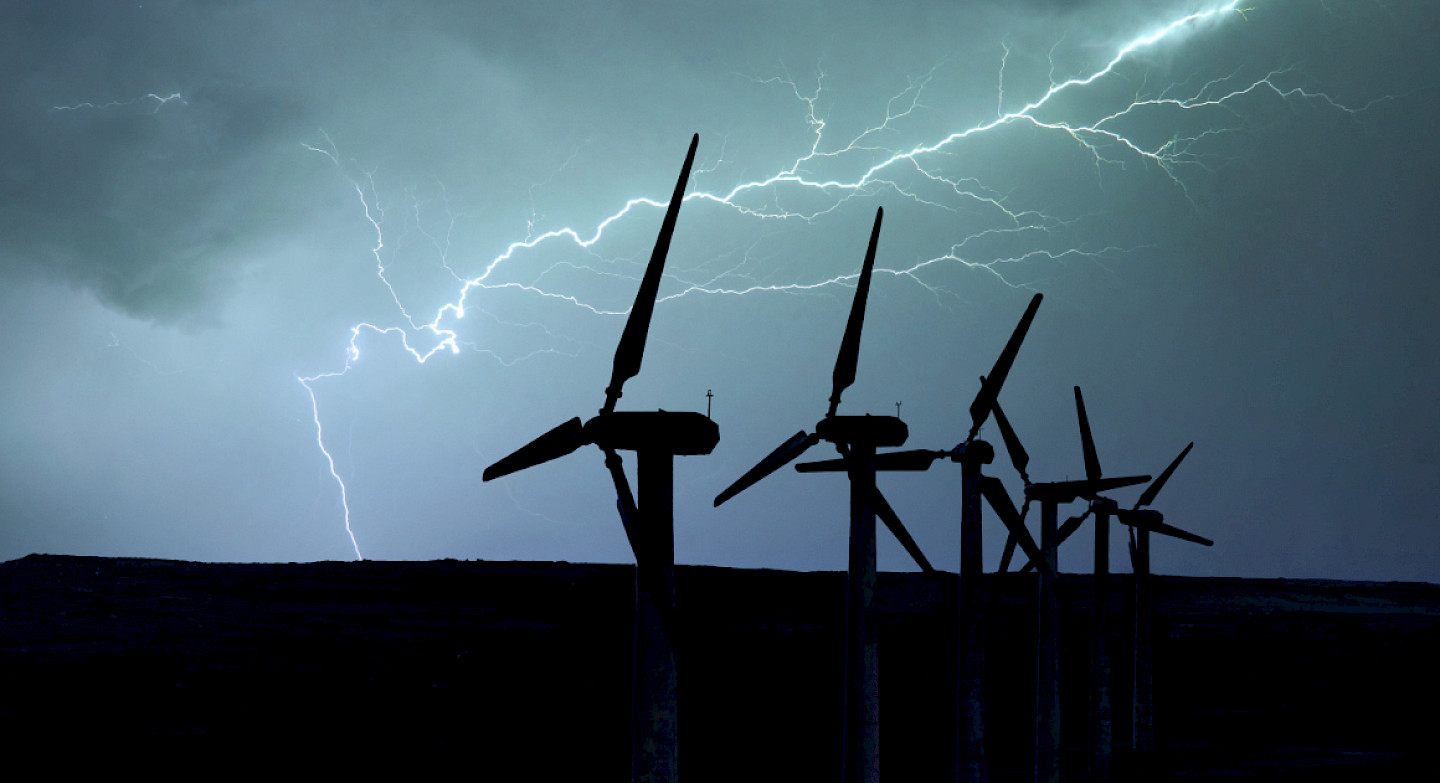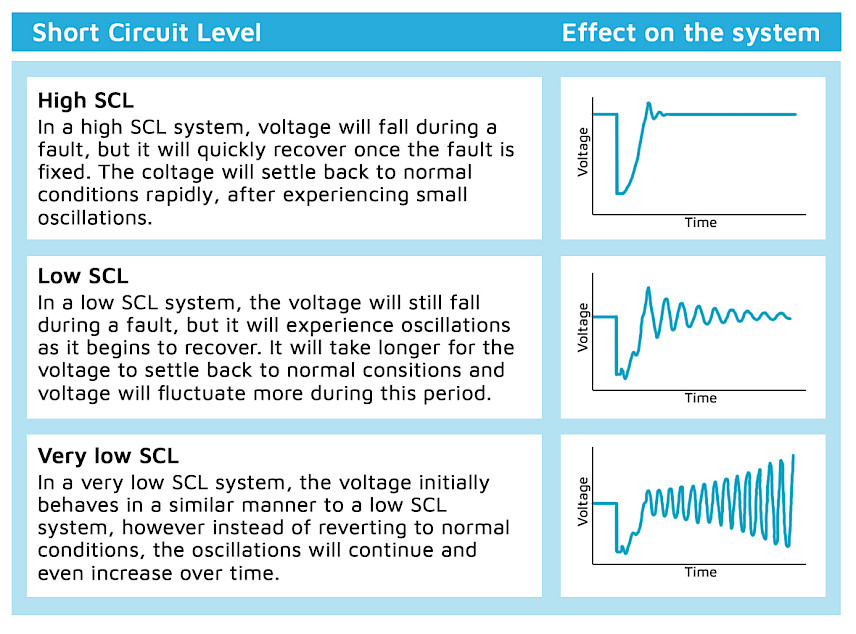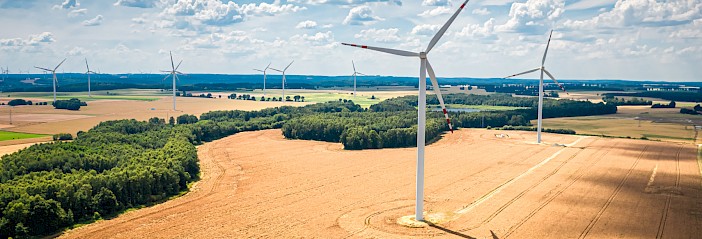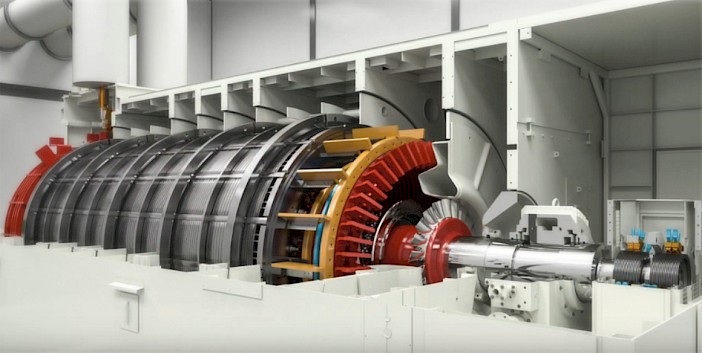Short circuit level and electricity system strength

短絡レベルとは

短絡レベル(SCL)は落雷などの天候によるものや、装置の故障などによる障害時の電力システム内の電流量をいいます。故障電流とも呼ばれます。短絡が起こると電圧は0まで下がり、異常に強大な電流が電力網に流れます。
高い短絡電流は電線を超高温にし、電力装置は結果として燃えたり爆発したりします。また、システムにアークによる甚大な被害をもたらします。送電線へのアークはすぐになくならず、導体を燃やし破壊します。結果として、長時間の送電障害となります。同時に、短絡による低電圧はグリッド接続されている装置に被害をもたらします。
システム強度は、発電システムの故障や擾乱にともなう電圧の変化量に関連する電力システムの特性です。
- Australian Energy Market Commission definition of system strength
短絡レベルまたは”SCL”は電力システムの強度を示すのに使用されます。SCLが高いとそのシステムは”強い”ことを示し、SCLが低いとそのシステムは”弱い”ことを示します。システム強度はグリッドで短絡が起きた際の安定性をしめす重要な要素です。SCLが低いと、電圧がすこしでも変化すると大きな擾乱を引き起こし、それはシステムへも影響します。もし、管理されずにいると、その生涯は発電トリップし、装置にダメージを与えてしまいます。
SCLが低すぎると、発電保護装置によるシステム保護のための回路を開く機構が作動せず、短絡が放置され、発電網は不安全で不安定な状況に陥ります。SCLが低ければ低いほど、システムは擾乱に伴う大幅な電圧変動、安定性の問題、電力動揺などのフォルトライドスルーの影響を受ける可能性が高まります。
低強度のシステムは、下記1つ以上が当てはまります。
- 広範囲に及ぶ減衰のない電圧と電力動揺
- 電圧の極端な低下と過電圧
- 発電機のFRT(フォルトライドスルー)の減少
- 保護装置が適切に機能いない(もしくは全く機能しない)
- 擾乱後の電圧回復に長時間要する
- 発電機/動的プラント電圧制御システムの不安定性
- 高調波歪みの増加(システム強度の低下とシステム電気抵抗の上昇による副産物)。
従来の化石燃料による大きな発電機は、グリッドに接続されている電力パーツの定格により限定的となっている風力や太陽光発電に比べ、5倍の故障電流を発生させております。これらのインバーターベース技術は短期コンバーター能力により制限され(一般的に1.5PUに制限され)、安定操業に時間的に必要とされるレベルの電流を供給しません。英国の高電圧グリッドにおいて、保護機能は短絡後100〜140msに近い値で作動することが期待されています。この所要時間は、配電システムにより長くなる場合があり、100msで同期発電機は持続的な短絡電流を供給可能で(約3〜5PU)、非同期発電機はこの時点では、ほぼ全く短絡電流を供給することはできません。短絡電流レベルは時間と共に減衰し初期のピークレベルはサブトランジェント期間(短絡発生の50ms内)として認知されています。
電力グリッドのインバーターベース技術への影響
風力・太陽光発電と電池貯蔵システムはパワーエレクトロニクスを利用し、現在のグリッドフォローイングと呼ばれるインバータータイプで、グリッドに接続されています。これらインバーターを運用するため、発電機は終点で見られるグリッド電圧波形に追従する必要があり、計測される電圧に従う角度で電流を投入します。位相同期ループとして知られるプロセスにおいては、インバーターはグリッドから検知される電圧位相角度により同期クロックを創出します。
このプロセスはグリッドで短絡があると電圧の波形が不安定になるため、遮断されます。短絡が解消されると、インバーターはグリッド上ですぐに再ロックし、安定操業を開始します。もしシステム強度が低いと位相角度は短絡前の状態と短絡解消後との間の変化代はより強度のあるシステムに比較し大きくなり、操業はかなり困難になります。
電圧位相角がインバーターにより不正確と判断されると、電流は適正に投入されず、反対にグリッドの電圧波形に影響を与え、電流投入エラーを増加させ、電流が修正されなければ、連鎖的な影響を伴い広範なグリッド遮断が引き起こります。したがって、インバーターベース技術はシステム強度に寄与するだけではなく、短絡時の付加的な弱点を生み出してしまいます。
近接的に接続されたインバーターベース装置が多ければ、同地でグリッド安定性を維持するために、よりシステム強度が必要になり、潜在的にグリッド電圧への影響がより高くなります。
WMZの大規模インバーター接続発電を擁する既存の電力網の容量は、ほぼ限界に達しているか、すでに開始されていたプロジェクトが統合されるころには、限界に達するでしょう。新規と既存の発電機はWMZの大部分を占め、大規模電力網の投資には実質的に長期間を要するでしょう。これは商業的な発電出力を制限するだけでなく、おそらくは、新たなプロジェクトの開始を妨げるか、遅らせることになるでしょう。
- Australian Energy Market Operator (AEMO)
オーストラリアのニューサウスウェールズとビクトリアにまたがるWest Murray Zone("WMZ")という地域では、グリッド強度が低いため、インバーターベーステクノロジーをグリッドに取り入れることができません。
SCLはどのように得られるのか?

エネルギー・トランジションが進む中、従来の同期発電はインバーターを使ったグリッドに接続される、非同期で断続的な発電方法にますますとってかわられています。世界中のグリッドは化石燃料による発電を大きく削減しており、再生可能エネルギー発電により需要を満たす期間すらあります。(ただし、必ずしも全てが断続的ではなく、例えば、大規模な水力発電所は同期設備の傾向にあります。)
インバーターベースの再生可能エネルギー発電は、SCLはごく僅かで、電力グリッドの強度や安定性を減らしてしまいます。つまり、事故に耐えうる能力を減らしてしまっているということです。究極的に、インバーターベース技術が増えれば増えるほど、グリッド強度を確保するために制限が必要になります。
送電ネットワーク保護システムはSCLに頼ることで、事故を見つけ、いつ作動するべきか判断します。SCLの低減は保護するために時間を割いてしまったり、設計通り作動できないことになったり、結果的により長い事故につながり、ネットワークの安全・安定性にリスクを与えることになります。
歴史的に、低電圧分配ネットワークでのSCLの多くは送電システムから供給されてきましたが、分散型発電の増加により、送電システム内でのSCLの最大化への寄与が期待できます。しかしながら、イギリスのNational Grid ESOの調査結果は、送電システムのSCLを増大することは配電レベルでのSCLを増大することより、送電の安定性を促進することに効果的であるとしています。
これらの変化はシステムオペレーターに、追加のSCLや同期調相機といったグリッド安定性サービスの確保を促します。
2021年、南オーストラリア州で4機の同期調相機の試運転が行われ、AEMOはインバーターベース発電機の上限を2.0GWから2.5GWへ引き上げ、最大容量に近い状態で再生可能エネルギー発電の運転を可能にした(2機の大型同期調相発電機がともに配備されている場合)。さらなる同期調相機がアデレードでの導入が検討されている。



